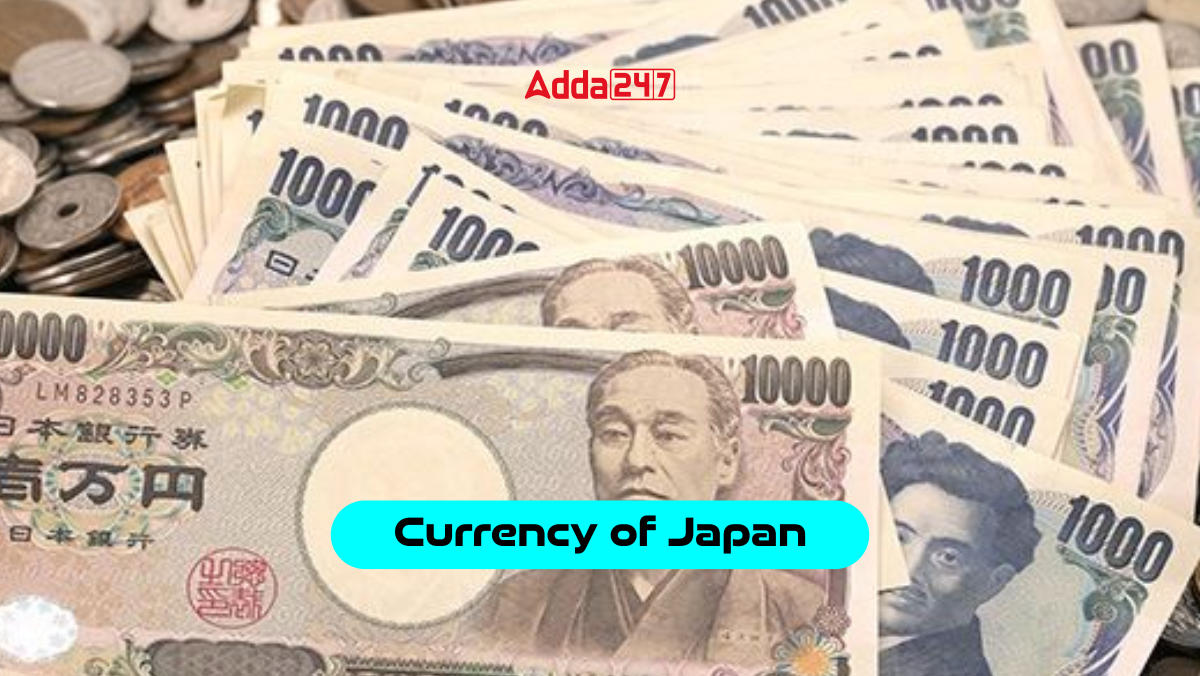The Japanese Yen, denoted as JPY, holds the official status as the currency of Japan, boasting a heritage that traces back to its inception in 1871. This article offers a comprehensive exploration of the Japanese Yen, encompassing its historical origins, its significance in the global economic landscape and intriguing facts that add to the distinctiveness of this particular currency.
Currency of Japan – History
During the 19th century, Japan used Spanish dollars along with local currencies. However, to stabilize its monetary system, the Japanese government introduced the yen in 1871, replacing the previous system. In 1882, the Bank of Japan was established to manage the country’s money supply and in 1897, Japan adopted the gold standard. After World War II, Japan fixed the exchange rate of the yen at 360 JPY per 1 USD, aiming to stimulate its economy. In 1973, the yen become a floating currency.
Japan’s Currency – Denominations
The Bank of Japan issues yen banknotes in four denominations and coins are issued in six denominations. These are:
- Coins: Six denominations of coins issued by the Bank of Japan include ¥1, ¥5, ¥10, ¥50, ¥100 and ¥500.
- Banknotes: Four denominations of yen banknotes issued by the Bank of Japan include ¥1,000, ¥2,000, ¥5,000 and ¥10,000.
Interesting Facts about Currency of Japan
- The word “yen” means “round.”
- The 1-yen coin weighs 1 gram (0.035 oz).
- In 2019, plans were announced to redesign some Japanese yen banknotes, with circulation expected around 2024.
- The lifespan of the 10,000-yen banknotes is estimated to be 4 to 5 years, while the 5,000-yen and 1,000-yen banknotes have shorter lifespans of 1 to2 years due to more frequent use.
- A unique ¥2,000 banknote was issued to celebrate the Okinawa Summit in 2000, but it is rarely in circulation as it cannot be used in most vending machines in Japan.
Economy of Japan
Japan has a strong economy where people love to buy and sell things. In 2020, it was the third richest country in the world, with over $5 trillion in its pockets. They also have a lot of extra money $1.3 trillion in fact! Japan is known for its strong industrial base, including automotive, electronics, machinery and more. It is a major player in international trade as both as importer and importer. Agricultural activities occupy 13% of the land and Japan is the second-largest global first catch contributor, following China. The Japan Exchange Group ranks as the third-largest stock exchange by market capitalization. The Japanese yen is often considered a safe-haven currency by investors, appreciating during times of uncertainty.
Challenges
One of Japan’s pressing economic challenges is its aging and declining population. In 2010, the population peaked at 128 million, but by 2020, it had fallen 125.9 million. This demographic shift poses various economic and social challenges for the nation.
Find More General Studies News Here



 Indian Olympic Medal Winners List Till N...
Indian Olympic Medal Winners List Till N...
 Who is the Inventor of the Gramophone?
Who is the Inventor of the Gramophone?
 HS Dhaliwal Appointed New DGP Of Andaman...
HS Dhaliwal Appointed New DGP Of Andaman...
